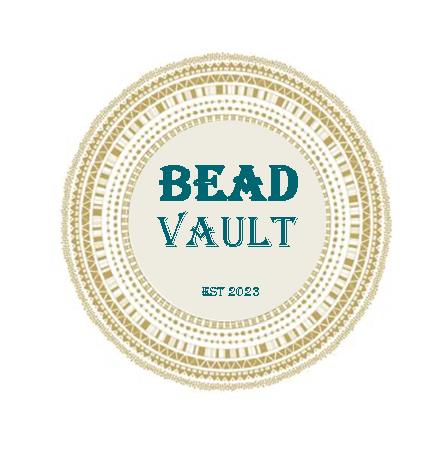why we love Czech Glass beads? (& you will too)
- Their diversity: colour, shape, size
- Their quality
- Their heritage
- Their design possibilities: They are perfect for both contemporary pieces and for recreating a vintage look.
DID YOU KNOW? Some facts about Czech glass beads...
The history of Czech glass beads is a fascinating one, rich with generations of families specialist makers and designers. Between the 12th and 14th centuries German Glass makers were invited to settle in the area of the Austrian-Hungarian Empire known as Bohemia, where there was unlimited sand, water and trees needed for their glass production. All over Northern Bohemia, little towns became big centres of glass bead, button, chandelier and jewellery production.
German speaking Bohemians and Czech speaking Bohemians had mingled for centuries. However along the northern area's of Bohemia such as Gablonz, (Jablonec nad Nisou) the two ethnic groups maintained their own distinct communities while working together.
The break up of the Austrian Empire came at the end of WWI and Northern Bohemia became part of Czechoslovakia. The town of Gablonz was named Jablonec nad Nisou and glass production continued.
At the end of the war in 1946, the Germans who had lived in the northern "Bohemian" area of Czechoslovakia were expelled from the country. They were given 48 hours to leave, many had never even been to Germany, their families had lived in this area for many generations. They left behind everything they owned. The beautiful Bohemian glass industry was reduced to a shell of what it once was.
1400s North Bohemia becomes a glass manufacturing centre.
1700s “Sample men” travelled globally from Africa to Tibet to trade glass beads.
1800s The Industrial Revolution! Machines allowed mass production of moulded pressed glass beads.
1928 Czechoslovakia was the largest bead exporter in the world.
1948 The Communist government nationalised the bead industry which became a single state run monopoly. It was named Jablonex and it controlled all glass bead manufacture and exports.
Penal labour was used at the core of bead making production and jewellery assembly in Communist Czeckoslovakia.

